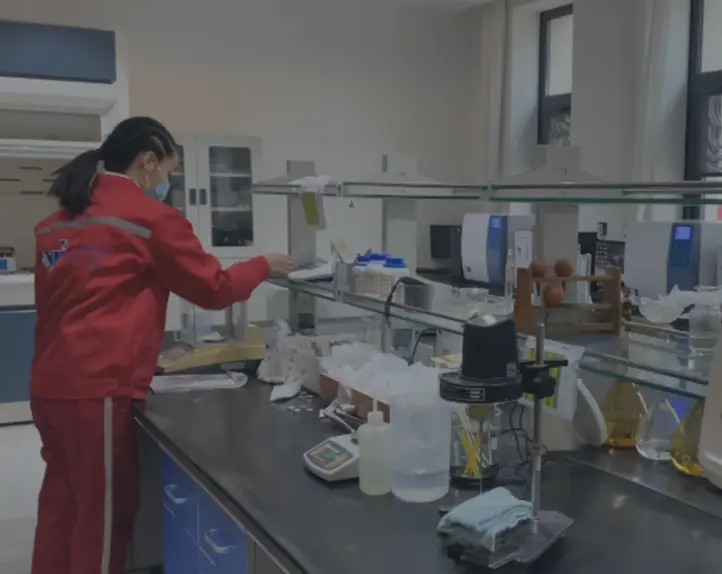
Oct . 07, 2024 13:35 Back to list
hydroxypropyl methylcellulose
Hydroxypropyl Methylcellulose An Overview
Hydroxypropyl Methylcellulose (HPMC) is a versatile, non-ionic cellulose ether, widely used in various industries due to its unique properties and functionalities. Generated through the chemical modification of cellulose, it has found applications in pharmaceuticals, food, cosmetics, and construction materials, among others. This article delves into the properties, uses, and advantages of HPMC, showcasing its significance in modern formulations.
Chemical Properties and Structure
HPMC is formed by the substitution of hydroxyl groups in cellulose with hydroxypropyl and methyl groups. This modification enhances its solubility in water and broadens its gel-forming capabilities. The degree of substitution and molecular weight can be adjusted during the manufacturing process, which enables the customization of its properties for specific applications. HPMC typically appears as a white to off-white powder, which is odorless and tasteless, making it an ideal ingredient for various products.
Applications in Pharmaceuticals
One of the most critical applications of HPMC is in the pharmaceutical industry, where it is utilized as a thickening agent, emulsifier, and stabilizer in drug formulations. Its ability to form gels makes it an excellent candidate for controlled-release drug delivery systems. HPMC is particularly favored in the production of tablets, where it acts as a binder, ensuring proper cohesion of the ingredients and facilitating the tablet's disintegration in the body. Additionally, due to its inert nature, it poses minimal risk of adverse reactions, making it a safe choice for pharmaceutical applications.
Role in Food Industry
hydroxypropyl methylcellulose

In the food industry, HPMC serves as a food additive that enhances texture and maintains moisture. Commonly found in various products such as sauces, dressings, and baked goods, it improves the mouthfeel and stability of emulsions. Its properties also contribute to fat reduction in lower-calorie food products, as it mimics fat textures. Moreover, HPMC is approved by regulatory bodies, such as the FDA, confirming its safety for consumption.
Cosmetics and Personal Care
HPMC is also prevalent in cosmetic and personal care formulations, where it functions as a thickener, film-former, and stabilizer. Its water-holding capacity makes it a popular ingredient in lotions, creams, and gels, helping to enhance skin hydration. Additionally, HPMC aids in the suspension of particles in various cosmetic products, ensuring an even distribution and better application. The versatility of HPMC in this sector also means it can cater to a wide range of textures, from light lotions to heavier creams.
Construction Applications
HPMC's utility extends to the construction industry, where it is used as an additive in mortar and cement products. It improves the workability and adhesion of these materials, facilitating easier application and enhancing the final product's durability. In tile adhesives and plaster, HPMC provides a better grip and controls water retention, which is crucial for optimal curing.
Conclusion
Hydroxypropyl Methylcellulose stands out as a multifunctional ingredient across a variety of fields, owing to its unique chemical properties and adaptability. Whether in pharmaceuticals, food products, cosmetics, or construction materials, HPMC plays a pivotal role in enhancing product performance and safety. As industries continue to evolve, the demand for such versatile materials is expected to rise, further establishing HPMC as a key player in formulation chemistry. With its proven efficacy and safety profile, HPMC will undoubtedly remain an essential ingredient in innovative product development.
-
Versatile Hpmc Uses in Different Industries
NewsJun.19,2025
-
Redispersible Powder's Role in Enhancing Durability of Construction Products
NewsJun.19,2025
-
Hydroxyethyl Cellulose Applications Driving Green Industrial Processes
NewsJun.19,2025
-
Exploring Different Redispersible Polymer Powder
NewsJun.19,2025
-
Choosing the Right Mortar Bonding Agent
NewsJun.19,2025
-
Applications and Significance of China Hpmc in Modern Industries
NewsJun.19,2025







